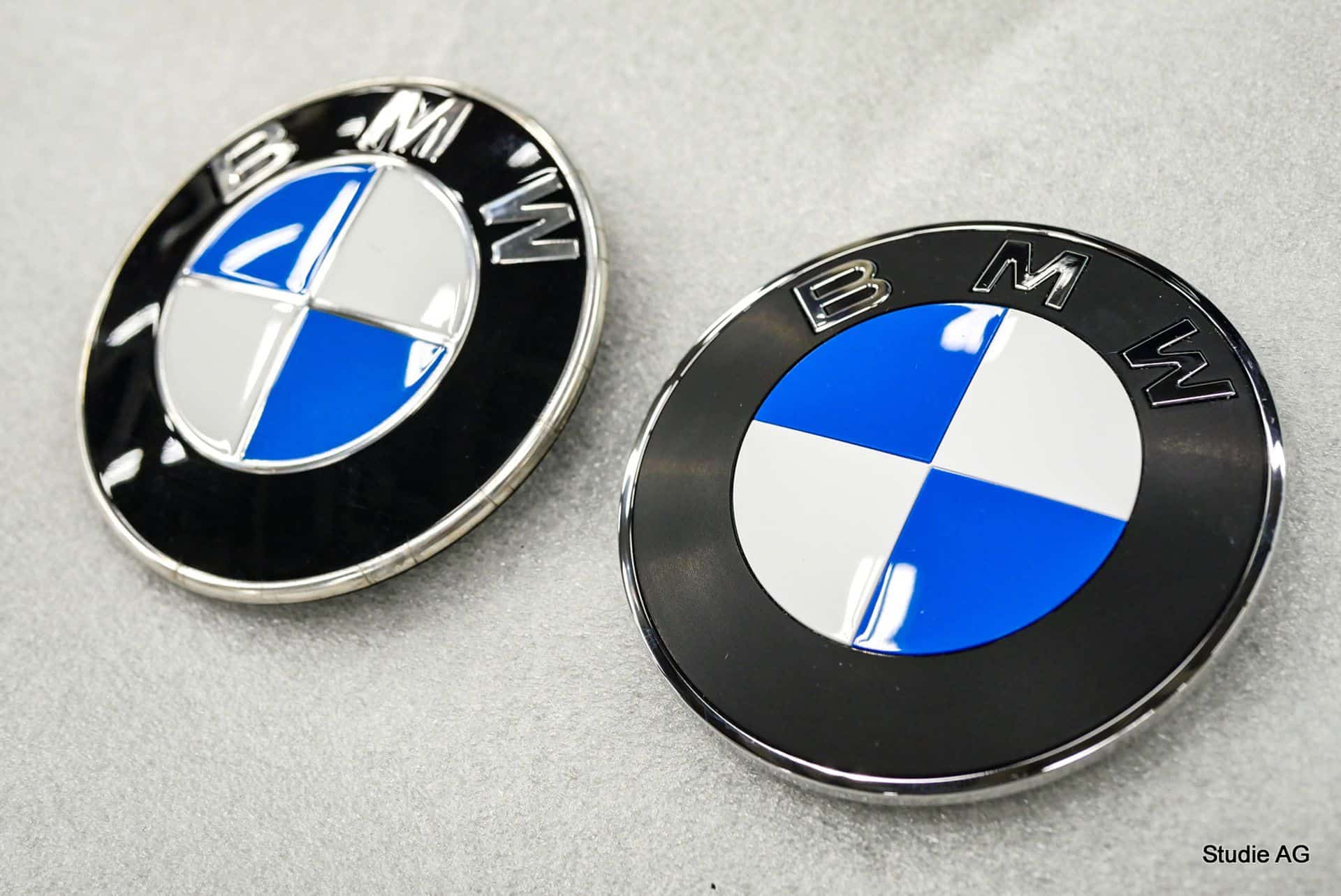Andrew Clarke on designing for the Left
Stuff & Nonsense offers reduced rates for trade unions and other left-wing organisations. We chat to its founder to learn more.
Stuff & Nonsense is one of five shortlisted nominees for the Agency of the Year award in the 2014 net Awards. We spoke to founder Andrew Clarke about recent projects and how things have evolved over the company's 16 year history.
What sets you apart as an agency?
We think it's best to put our cards on the table and be open about which projects suit our priorities and values. We actively accept commissions from trade unions and other workers' representative organisations and we offer reduced rates for them. We also say no to organisations whose main business is to supply the military of any country.
We always set out to do good work, but sometimes we want to do good deeds too. Our ethical policies are very, very important to us, as is helping worthy causes. We used to simply offer reduced rates but now we also make twelve days a year available to work on projects pro-bono too.
That’s exactly what we did for our work for the Rudi Martinus van Dijk Foundation (see below). We spent 10 days working with them, designing their branding and a new website. The foundation paid for the first five days, then we completed the project pro-bono.
Tell us about some work you’re proud of.
Hillsborough Independent Panel
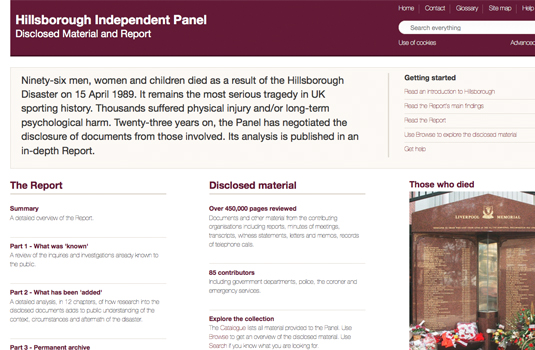
Hillsborough was Britain's worst sporting disaster, when, in 1989, 96 Liverpool Football Club supporters died. The Hillsborough Disaster is still in the news today and affects the families of those who died and others who were involved. We designed the website for the Hillsborough Independent Panel's report into what happened that day at Hillsborough.
Unlike the websites we'd seen for other Home Office reports and inquiries, we wanted to design a site that a wide range of people would find visually appealing and most importantly easy to read. We needed to take the needs of the various groups of interested parties into consideration, including the Home Office, South Yorkshire Police and Ambulance Service and most importantly members of the families of those who were killed or injured. That was a design challenge unlike any other we've faced. You can read more in our case study, here.
Rudi M van Dijk Foundation
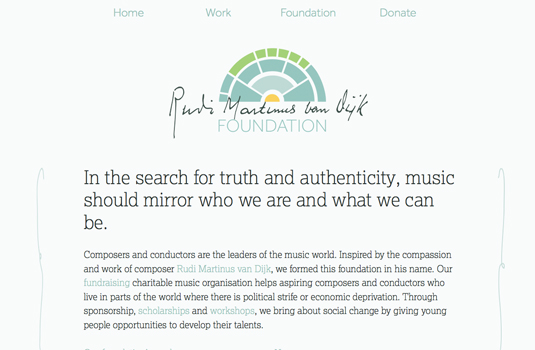
The Rudi M van Dijk Foundation helps aspiring composers and conductors who live where there's political strife or economic deprivation. We heard about the difference that the foundation makes to people's lives and we wanted to help.
Daily design news, reviews, how-tos and more, as picked by the editors.
We designed new branding and a new website for The Rudi M van Dijk Foundation. Our support meant giving five days to the project pro-bono and supplying their CMS software. In August 2014, we'll be travelling with them to Suleymaniya in northern Iraq and will spend a week with them pro-bono, helping to write about and photograph a special workshop they're hosting for composers and conductors in that region.
The case study is here.
ISO (The International Organisation For Standards)
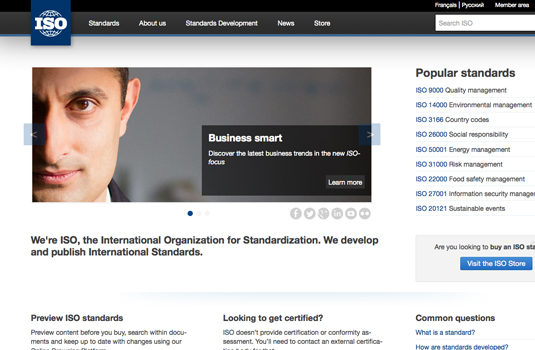
Only rarely have we come across a large organisation as willing to experiment with new ideas as ISO. You might think that an organisation of that size would be hard to steer in a new direction. What we found were people who couldn't have been more committed to making their site work better for their users.
We didn't just design a website for ISO, we helped them to make their website the centre of their communications with people around the world. Together with ISO, we created a 'project team' that included people from all disciplines — designers, developers and content specialists. We worked alongside each other in a single space and had an open-door policy to encourage everyone in the organisation to be involved in what we were making. What resulted was more than a website, it was a process that's been adapted and used successfully by other large organisations in Geneva and beyond.
Here's the case study.
Tell us your story. How did you get started?
Almost 20 years ago, I was working at an advertising agency in London, working on below-the-line accounts, car dealerships mostly, local newspaper adverts where, when there was a big sale coming we'd write headlines like "Monster Savings!" and go on the hunt for giant lizards. It was there that I first became aware of the web and began experimenting with software like Frontpage.
When we moved from the South to North Wales, people started asking, "Do you know anything about making websites?" We were under qualified but we said "Yes." Sixteen years later, people still ask that question and we're still under qualified. Isn't everyone?
What has happened over the last year?
Over the last year we've expanded beyond our small husband and wife team and hired another, wonderful designer. Our work has evolved and so have we, from a small company that made websites, to one that focusses on making them not only usable but beautiful. We've shed the parts of our business that no longer make sense for us, so that we can focus on what we know that we do best.
This has meant us working differently. We've found new ways to work together and better ways to work with our clients. We've found better ways to communicate and now spend more time working alongside our clients, involving them more deeply in our conversations about design. This has been especially important as the responsive web we're designing for looks nothing like the web we started with in 1998.
We've also changed how we share what we do. As well as our writing, on our podcast, 'Unfinished Business' we talk about how to be as creative with the business aspects of what we do as we are with the work itself.
Do you have any special philosophies that drive your working practices and company culture?
We know that we owe much of our success to our openness about how we work with our clients. We don't keep our work secret while they wait for a 'big reveal.' Instead we talk to them all day, every day so that we can better understand what design means for them and they can gain a better understanding of how to get the best from design.
Much of the work we've made since we started has long since disappeared, but our love for sharing what we do has remained. We've shared our thinking behind dozens of design projects, shared everything from a few lines of code to complete frameworks like '320 and Up' and 'Rock Hammer.' We shared our business practices too, especially the 'Contract Killer' killer contract that's extremely popular among designers and developers.
We also know that our profile has largely come from our willingness to share our code, knowledge and experiences with other people in our industry. This has been important to us since we started writing ten years ago and we hope in some small way that we've made a positive impact.
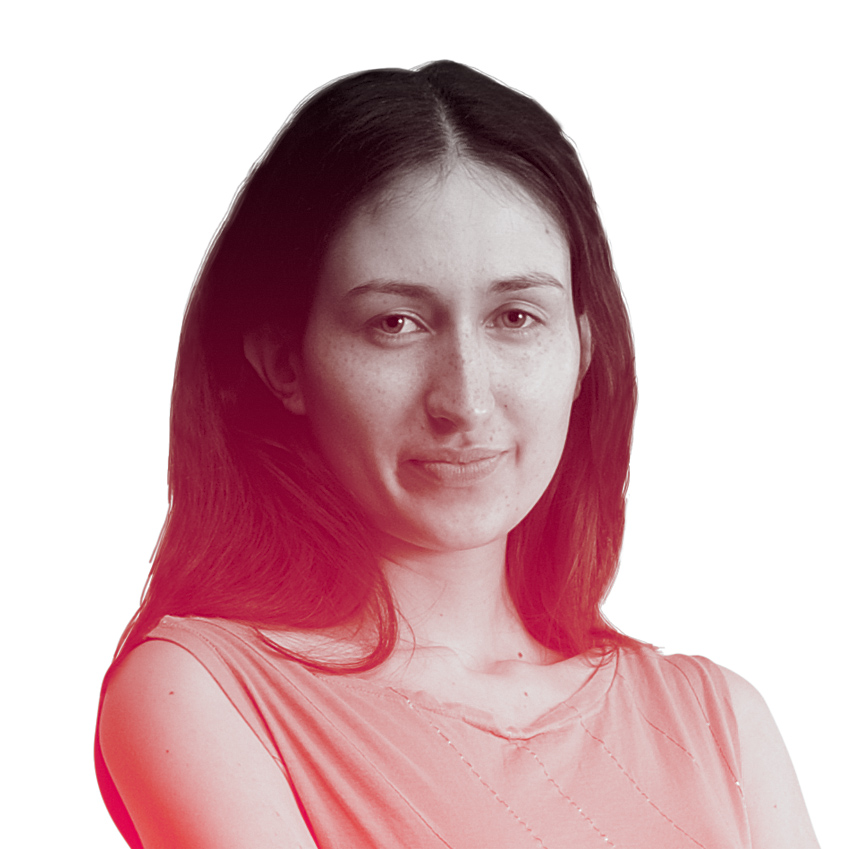
Tanya is a writer covering art, design, and visual effects. She has 16 years of experience as a magazine journalist and has written for numerous publications including ImagineFX, 3D World, 3D Artist, Computer Arts, net magazine, and Creative Bloq. For Creative Bloq, she mostly writes about digital art and VFX.
